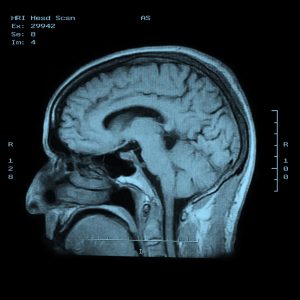A Pennsylvania company signed a contract with the U.S. Navy and Marine Corps that is worth close to four million dollars. The project will help advance technologies and develop an infrascanner brain hematoma detector. The non-invasive device, which is commercially available, detects the presence of brain hematomas through the use of differential near infrared (NIR) light absorption between the hematoma and healthy brain tissue.
With the assistance of the military contract and custom optical lenses, the company will be able to develop newer, more integrated capabilities that can detect changes in “oxygen saturation” within the brain and the tissues in the patients’ extremities. Access to this information means the field medical team will be better able to assess and treat a brain-injured soldier.
Concussions and Brain Injuries
It’s believed that more than two million individuals in the United States alone suffer concussions and many of them aren’t even aware they have a concussion because they didn’t lose consciousness, this according to a representative from the Head Injury Association. The failure to properly detect and quickly treat a concussion, aka intracranial hematoma, can lead to long term potentially catastrophic effects.
The reason for the inability to detect this intracranial bleeding is the lack of portable equipment. The standard for detection is a computed tomography device and these are not typically available in portable sizes or in the field of combat.
The military contract the Pennsylvania company was awarded will allow them to develop a portable device at about one percent the cost of a typical CT scanner. The ability to have a portable NIR device can help avert more tragedies by providing access to correct medical treatment if a head trauma is noted.
What is a differential NIR scanner?
This device, which only takes two minutes to scan a patients’ head, measures the quadrants of the brain and evaluates the way the differential light is absorbed. In a healthy brain, the light absorption will be symmetrical. In a brain with a hematoma, the light will be absorbed at higher rates in some areas while the area that suffered the hematoma will absorb it at a lower level. The medical personnel administering the test will be presented with a color-coded display in red and green as well as a numerical rating of the optical density differences in the sides of the brain.
This device will be useful on sports fields and in hospitals to measure for the possibility of brain hematomas in stroke patients rather than subjecting them to CT scans which are costly and introduce high levels of radiation into the patient.